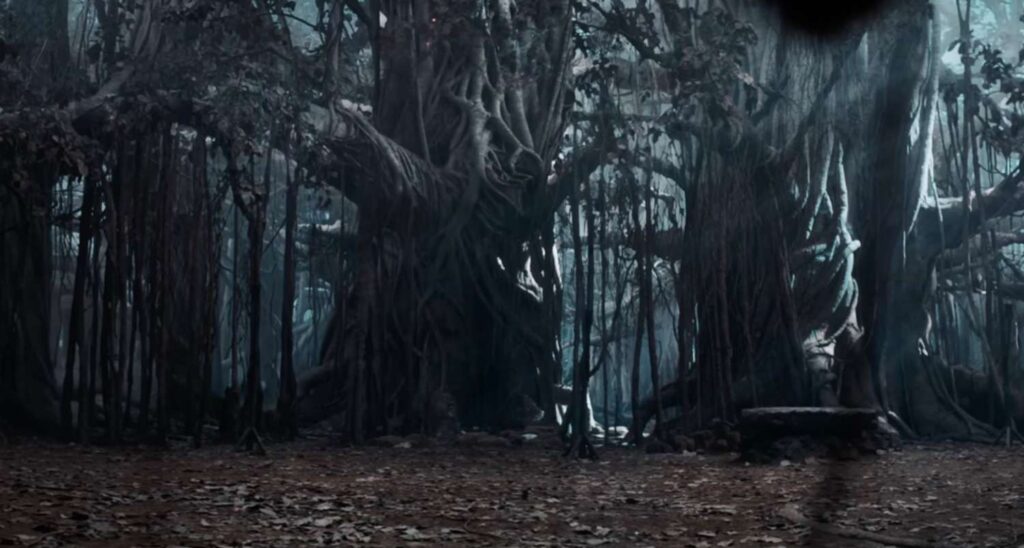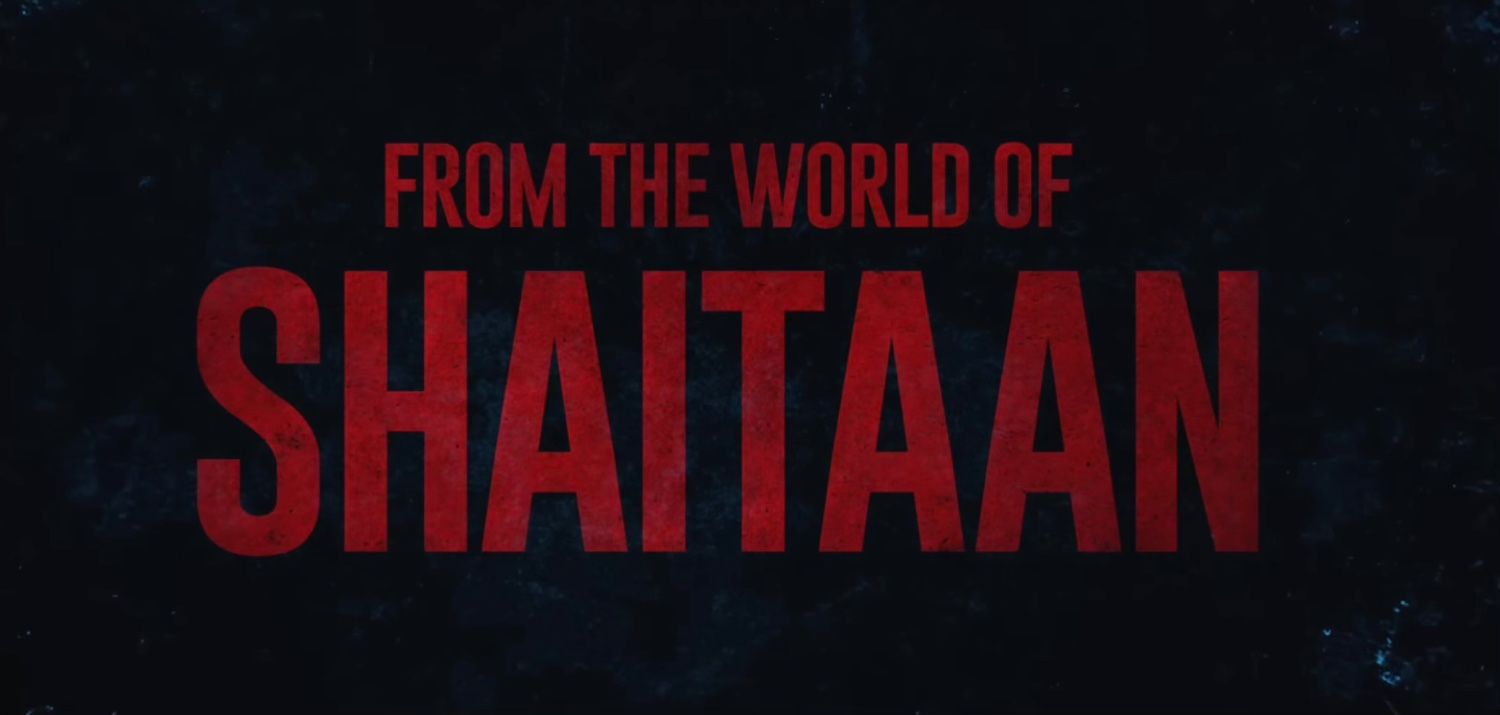The Indian horror genre has long craved for a blend of myth, emotion, and visual grandeur. Enter Maa, a film that not only stars the powerhouse Kajol but also dares to reimagine supernatural horror with a strong feminist narrative. If you’re a horror aficionado or a fan of Kajol’s magnetic screen presence, here’s why ‘Maa’ deserves your attention—despite its familiar beats.
1. Kajol’s Commanding Performance: The Heart and Soul of ‘Maa’
Kajol’s return as a mother fighting dark forces is nothing short of electrifying. As a protagonist, she embodies the strength, vulnerability, and desperation that make her character, a mother determined to save her daughter, utterly believable. Industry insiders have praised her for bringing “gravitas and intensity” to a role that could easily slip into melodrama (as reported by Film Companion).
Her performance ensures that even when the script falters, the audience remains invested. The way Kajol channels rage and maternal instinct is a masterclass in acting, making ‘Maa’ a standout in her filmography.
2. Visual Splendor: A Feast for the Eyes
One of the most lauded aspects of ‘Maa’ is its visual effects. From eerie shadows that morph into terrifying creatures to haunted mansions straight out of a dark fantasy novel, the film is a visual treat. According to IMDB, the VFX team has worked meticulously to bring Indian mythological creatures to life in a way rarely seen before.
The cinematography, with its moody lighting and Gothic undertones, elevates the horror experience. If you’re a fan of atmospheric horror, ‘Maa’ will not disappoint.

3. Myth Meets Modernity: A Fresh Take on Indian Horror
‘Maa’ stands out by weaving Indian mythology into its narrative fabric. Unlike many recent films that focus on Durga, this movie brings Goddess Kaali to the forefront, offering a refreshing change. The film’s director, Vishal Furia, is known for his interest in blending folklore with contemporary storytelling, as seen in his previous works like ‘Chhorii’ and ‘Chhorii 2’.
This approach not only enriches the plot but also celebrates the cultural and spiritual heritage of India. The film’s use of mythology is both a tribute and a creative risk, setting it apart from run-of-the-mill horror flicks.
4. The Supporting Cast: Hits and Misses
While Kajol steals the show, the supporting cast has its moments. Ronit Roy, though impactful, struggles with the Bengali accent, a point of contention among critics and audiences alike. Indraneil Sengupta, in a brief role, leaves a lasting impression, prompting fans to question why he isn’t given more substantial parts.
Young actors Kherin Sharma and Rupkatha Chakraborty show promise, but Jitin Gulati is underutilized. The decision to credit the cast and crew alongside their mothers’ names is a touching tribute to motherhood, resonating deeply with the film’s theme.
5. Emotional Resonance and Musical Highlights
The mother-daughter bond is the emotional core of ‘Maa’. The film uses Jubin Nautiyal’s haunting rendition of ‘Humnava Mere’ to underscore this relationship, making it a thematic anchor. The melody not only amplifies the emotional weight of the story but also lingers with the audience long after the credits roll.
However, the film’s emotional impact is somewhat diluted by its predictable plot. While the visuals and performances keep you engaged, the story’s familiarity prevents it from reaching the heights it could have.
Behind the Scenes: Director Vishal Furia’s Vision
Vishal Furia, known for his work in the horror genre, brings his signature style to ‘Maa’. However, some critics argue that his storytelling is beginning to feel repetitive. After ‘Chhorii’ and its sequel, ‘Maa’ treads similar ground, blending myth with maternal instinct.
Furia’s strength lies in his ability to create atmospheric tension and visual flair, but he could benefit from exploring new narrative avenues. The film’s setting in Bengal, while visually rich, is marred by stereotypical portrayals and linguistic inaccuracies, as noted by several reviewers.
Audience and Critical Reception
Early reviews are mixed. While many praise Kajol’s performance and the film’s visual effects, others point out the lack of originality in the plot. According to Times of India, “Kajol’s powerhouse act and the stunning visuals make ‘Maa’ worth a watch, but the predictable storyline holds it back from greatness.”
Despite its flaws, ‘Maa’ is a step forward for Indian horror, proving that the genre can be both visually ambitious and emotionally resonant.
Final Verdict: Should You Watch ‘Maa’?
If you’re looking for a visually stunning horror film with a strong female lead and a touch of Indian mythology, ‘Maa’ is a solid choice. Kajol’s performance alone makes it worthwhile, and the film’s celebration of motherhood and femininity is both timely and touching.
However, if you’re seeking groundbreaking storytelling or psychological depth, you might find ‘Maa’ a bit lacking. It’s a film that shines in moments but is held back by its familiarity.
Conclusion
‘Maa’ is a bold attempt to redefine Indian horror, blending myth, emotion, and visual splendor. Kajol’s commanding presence and the film’s striking visuals make it a memorable experience, even if the story feels all too familiar. For fans of the genre and Kajol’s acting prowess, ‘Maa’ is a must-watch.
Stay Updated on the Latest Cine Releases
For the most current updates on new film releases, exclusive interviews, and in-depth reviews, be sure to follow @khabarsahi24.com on social media and visit their official website. Don’t miss out on breaking entertainment news—join the conversation and share your thoughts in the comments below!
We welcome your feedback and opinions—post your comments and let us know what you think about “Maa” and other trending and upcoming releases!
https://khabarsahi24.com/category/entertainment

